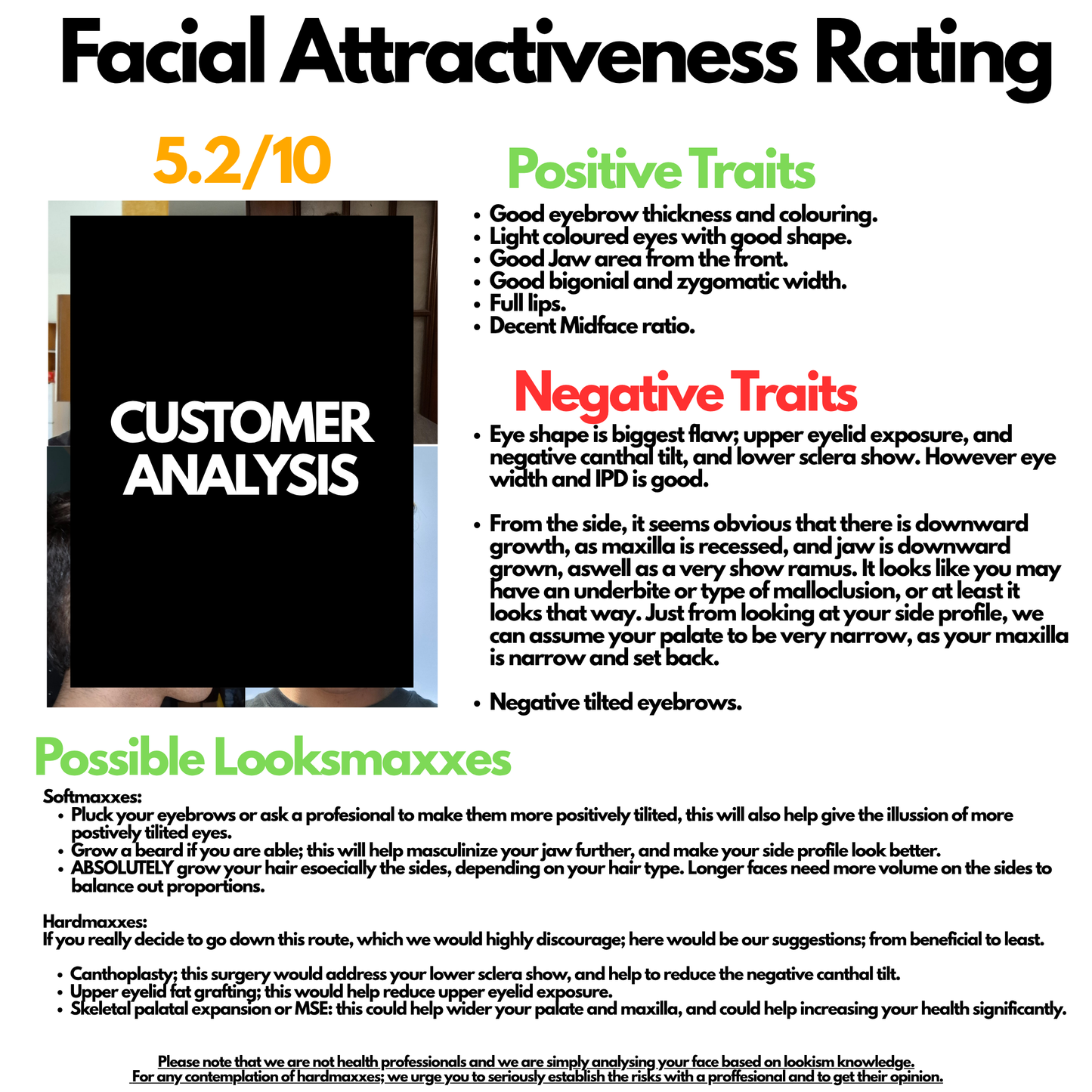Understanding Facepulling and Thumbpulling: Looksmaxxing Guide

Share
In the realm of looksmaxxing, facepulling and thumbpulling have garnered attention for their potential to reshape facial structure, especially within the looksmax community.
These methods promise to enhance facial aesthetics by targeting the maxilla (upper jawbone) and other key areas. But what exactly are these methods, and do they truly deliver results without risks?
What is Facepulling ?
Facepulling, an exercise designed to impact the maxilla, aims to push it upwards and forwards. This practice is rooted in the concept that the tongue and jaw can naturally exert force on the maxilla, enhancing facial structure and alignment.
To amplify this effect, many people opt for hard mewing, a technique involving pressing the tongue against the roof of the mouth with strong force.
However, facepulling takes this a step further, exerting more pressure than hard mewing. The two primary methods include thumbpulling and towel pulling.
Thumbpulling: A Detailed Look
Thumbpulling is a focused approach where specific areas of the palate are pushed using the thumb, applying either hard or medium force. This method typically involves several sets, each lasting for a specific duration.
Technique behind Thumbpulling:
The correct technique involves pushing the front part of the maxilla for about a minute per set, across multiple sets.
Additionally, force can be applied to the sides of the front, mid, and back palate without touching the teeth.
This method ensures targeted pressure on the maxilla, potentially leading to more effective results.
Caution:
A key caution with thumbpulling is to avoid exerting force on the sphenoid bone, as it could lead to asymmetry or a misaligned bite. Users must be careful to apply pressure correctly to avoid any adverse effects.
Towel Pulling: Another Looksmaxxing Method

Towel pulling, as the name suggests, involves using a towel along with arm muscles to exert force on the maxilla.
How to do Towel Pulling
This method requires biting the towel with all teeth and pulling it in specific directions while maintaining a chin tuck. The recommended routine involves several sets, each lasting around 40 seconds, with breaks in between.
Effectiveness of Towel Pulling
Towel pulling can be a more accessible method for those who may find thumbpulling difficult or uncomfortable. It allows for more controlled pressure and can be adjusted easily.
A Word of Caution
Despite the potential benefits, it is important to note that facepulling or thumbpulling is not universally recommended. These exercises can lead to complications such as TMJ (temporomandibular joint) disorders and other problems.
Therefore, while it is beneficial to understand how these methods are performed, one should carefully weigh the risks and benefits before deciding to undertake them.
Potential Benefits of Facepulling and Thumbpulling
- Enhanced Facial Structure: Regular practice of these methods can potentially lead to a more defined and aligned facial structure.
- Improved Jawline: By exerting pressure on the maxilla, these techniques may help in enhancing the jawline and cheekbones.
- Better Oral Health: Proper implementation of these exercises can contribute to better oral health by aligning the teeth and jaws properly.
Risks and Considerations
- TMJ Disorders: Improper application of pressure can lead to TMJ disorders, causing pain and discomfort in the jaw joints.
- Misaligned Bite: Incorrect technique can result in a misaligned bite, which can have long-term impacts on oral health.
- Asymmetry: Uneven pressure application can lead to facial asymmetry, which may be difficult to correct.
How to Safely Practice Facepulling and Thumbpulling
Consult a Professional: Before starting, consult with a dental or orthodontic professional to ensure these methods are safe for your specific condition.Start Slow: Begin with gentle pressure and gradually increase as you become more comfortable and confident in your technique.
Monitor Progress: Keep track of any changes in your facial structure and be vigilant about any signs of discomfort or pain.
Maintain Consistency: Like any exercise, consistency is key. Regular practice can help in achieving and maintaining the desired results.
Integrating Facepulling and Thumbpulling with Looksmaxxing

For those involved in the looksmaxxing community, integrating facepulling and thumbpulling into your regimen can offer additional benefits.
These exercises can complement other facial enhancement techniques and contribute to a holistic approach to improving facial aesthetics.
- Balanced Routine: Incorporate these exercises into a broader looksmaxxing routine that includes proper diet, skincare, and mewing.
- Documenting Progress: Keep a visual journal to document changes over time, which can help in assessing the effectiveness of your routine.
- Community Support: Engage with the looksmaxxing community to share experiences, tips, and support. This can provide motivation and insights into optimizing your routine.

Conclusion
Facepulling and thumbpulling offer intriguing possibilities for facial restructuring but come with significant cautions.
It's essential to approach these exercises with an informed perspective and consult healthcare professionals before attempting them. Remember, the goal is not just aesthetic improvement but also long-term health and well-being.










